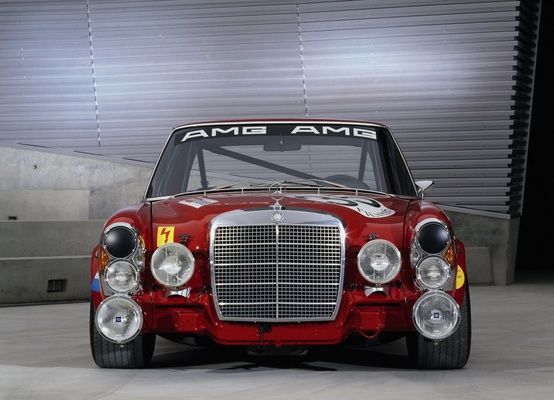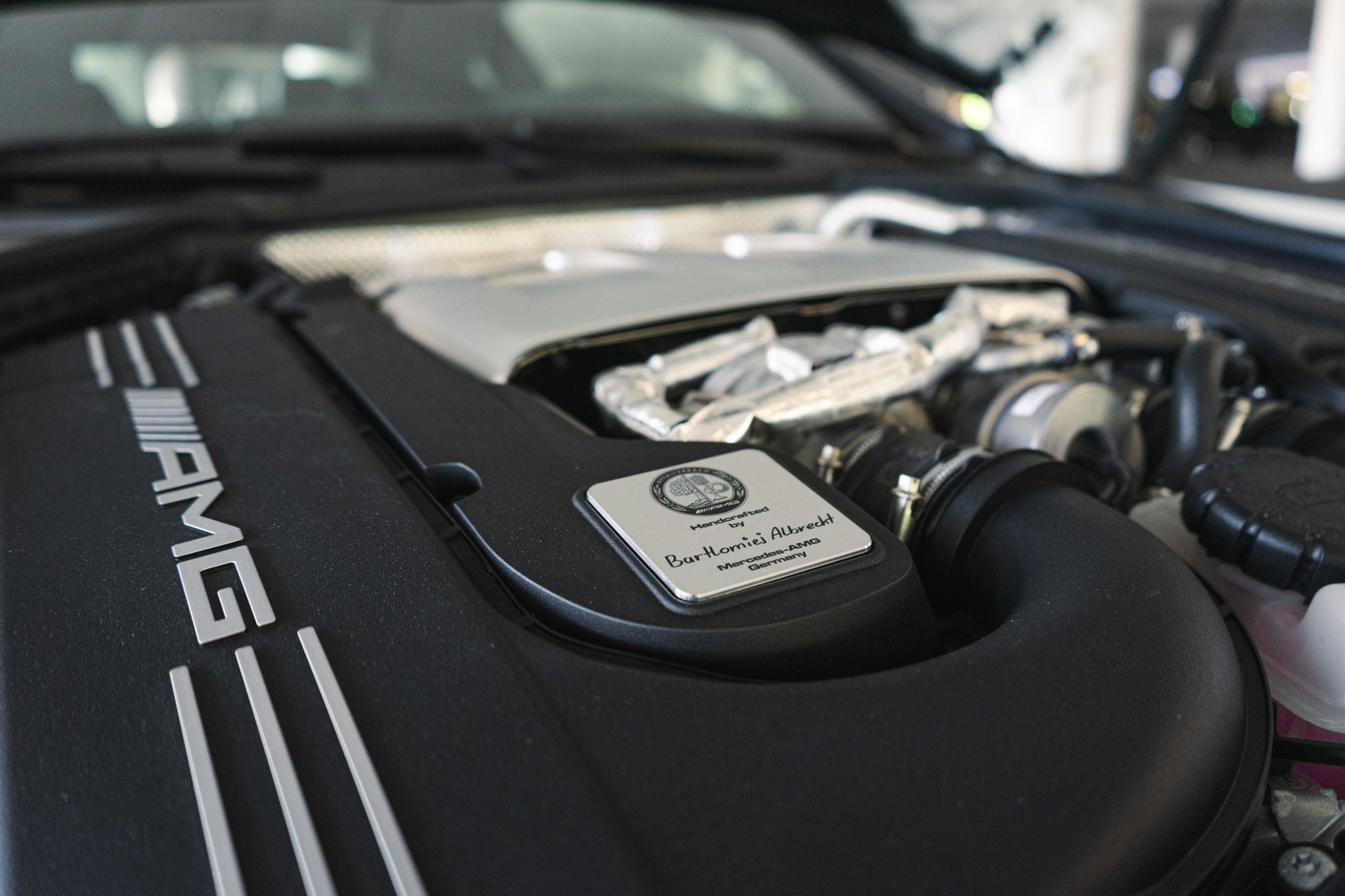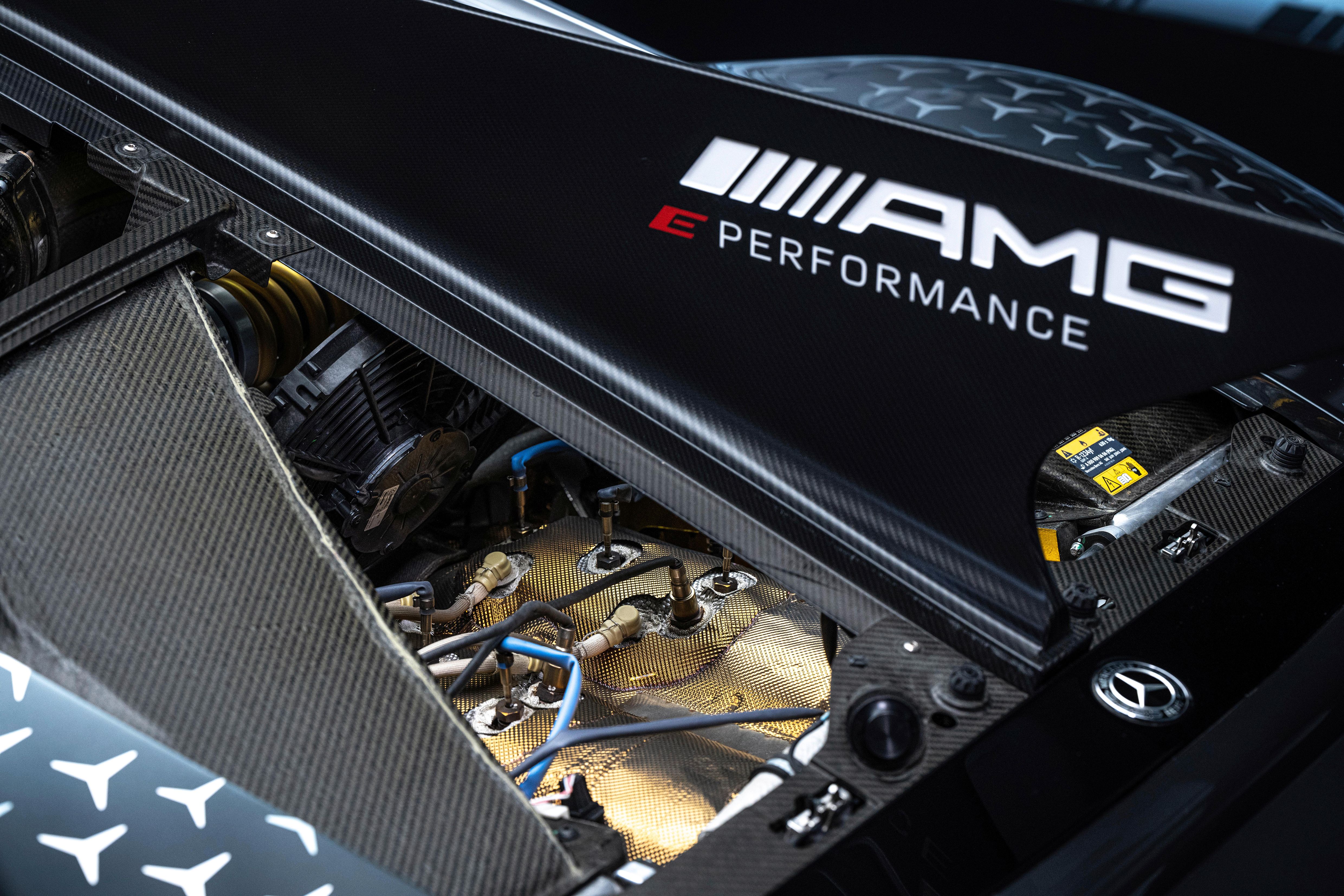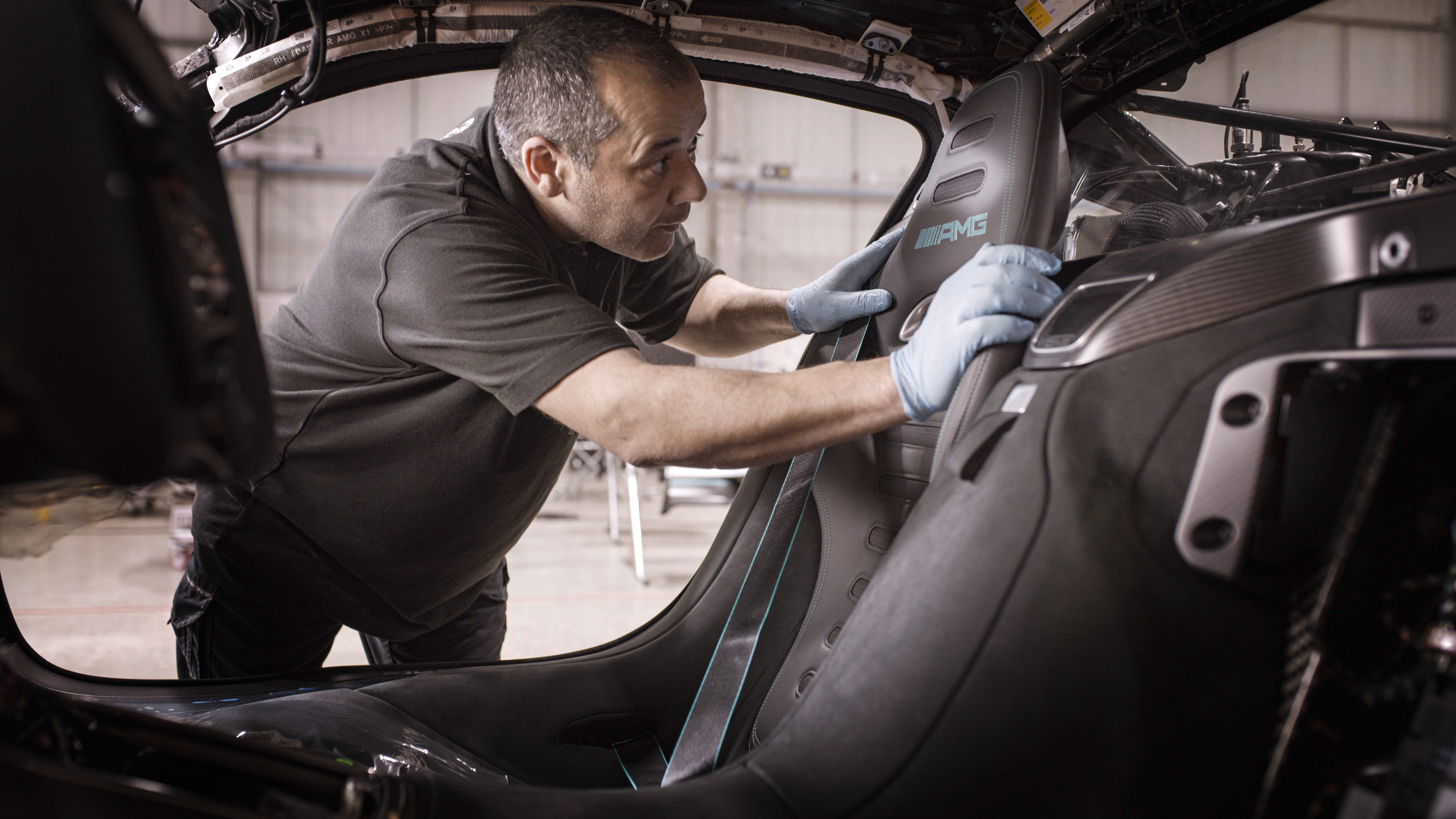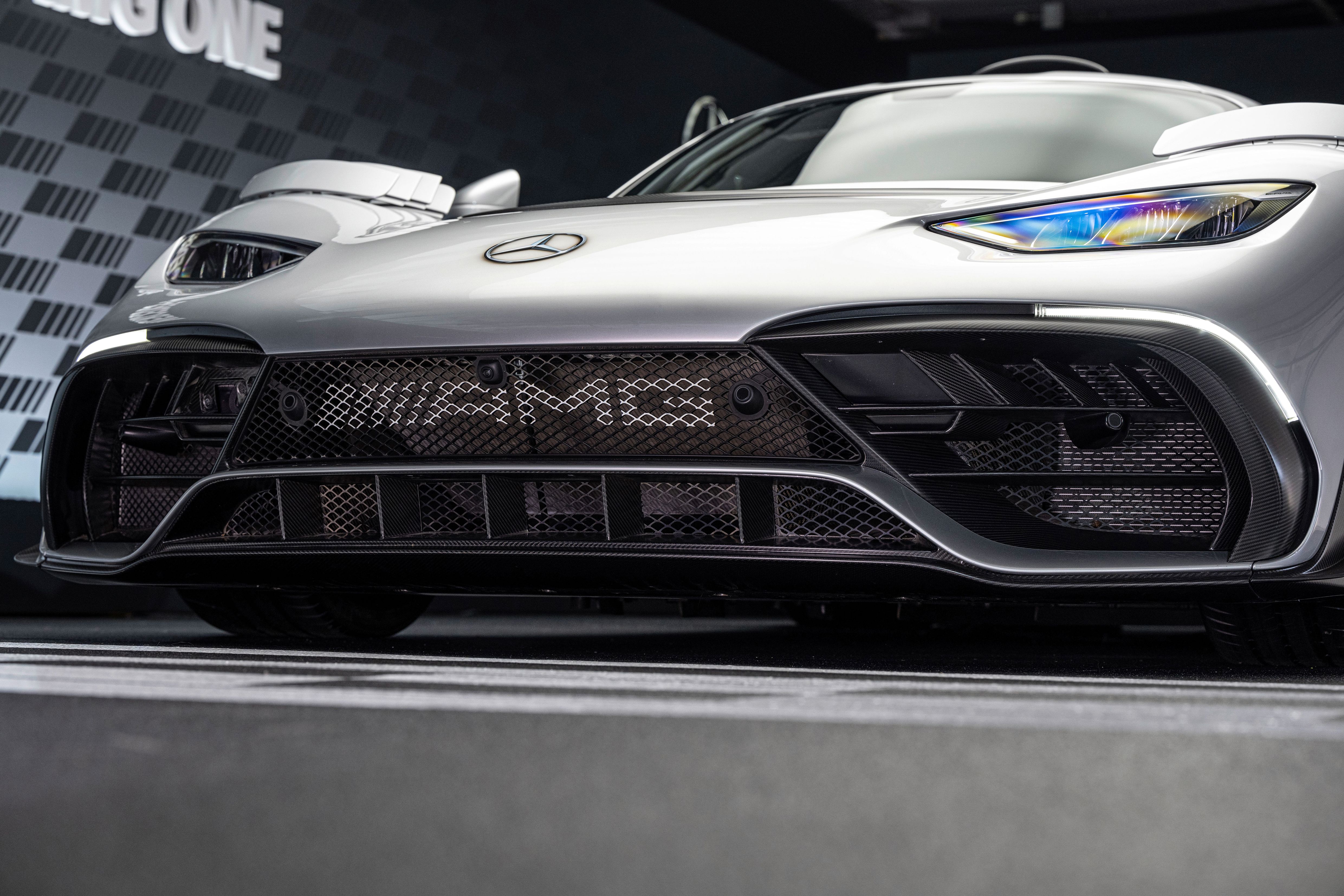These days, almost every car manufacturer has a high-performance division that takes its production rides and fine-tunes them to perfection. BMW M, Nismo, Audi Quattro GmbH, Toyota Gazoo Racing, Hyundai N, and Lexus F are only some of them. But one name that maybe comes first to mind when thinking about high-performance car brand subsidiaries is Mercedes-AMG.
AMG may well be the most famous and sought-after badge on the market and for various good reasons. Firstly, as the name implies, Mercedes-AMG is a division of a well-established German luxury car brand that has a long and rich history. Secondly, AMG itself boasts an impressive background established over 55 years of existence.
For those who may not be well acquainted with the history behind Mercedes-AMG, and of course, all fans of this very representation of the pinnacle in Mercedes-Benz models, we tell the story about its birth, growth, and today's success.
The Mercedes-AMG: Two Men Partnership And The Beginning Of One Successful Story
As much as many love the Mercedes-AMG, most don't know much about its history. Yet, the story is quite interesting. Over 50 years ago, the great passion for motorsport inspired two engineers to start working on one operation.
It was Hans Werner Aufrecht and Erhard Melcher who pushed forward their vision of a tuning company in Großaspach (hence, the name AMG). They started working on the 300 SE racing engine at Daimler-Benz but soon found themselves putting in extra hours into the job to enhance the engine's performance. It paid off — Manfred Schiek won ten times in the 1965 German Touring Car Championship with the 300 SE engine Aufrecht and Melcher fine-tuned.
Naturally, when you get recognized for helping a big name win a title, you become famous, which is what happened with Aufrecht and Melcher. They were suddenly known as experts at enhancing the performance of Mercedes-Benz vehicles.
Things went pretty smooth after this first success. Aufrecht and Melcher left Mercedes-Benz and founded their own engineering firm in 1967. They developed such engines that they became a primary stop of private racing teams. Maybe the most sensational success at the time was the 24 Hours of Spa in 1971 when the AMG Mercedes 300 SEL, a heavy luxury sedan, won in its class and scored second overall. It launched AMG very high on the market ladder.
The Rise Of The Mercedes-AMG As A Worldwide Known Performance Division
After the success in the late 60s and early 70s, gear heads started to seek the AMG performance for the road. Who wouldn't? After watching the races, one could only desire to have a motorsport-inspired car that would facilitate more power, bring in impressive dynamic styling, and, of course, ensure exclusivity.
Fortunately, AMG provided. The company enhanced more Mercedes-Benz models every year, even introducing customization to make the entire offer more luxurious and exclusive. A new workshop and office opened in the late '70s, and the business continued to flourish.
One of the most significant milestones from this period was Melcher's development of an independent cylinder head with four valves per cylinder. Furthermore, the iconic V8 engine ended up in an E-class coupe in 1986 and earned the famous nickname "The Hammer." After this, Daimler-Benz and AMG joined their forces in racing efforts and motivated the 190 to win about 50 DTM titles in the late 80s and early 90s. The future was still looking bright.
Mercedes-AMG Continues To Grow And Wow Us With Its Achievements
It was 1990 when Daimler-Benz and AMG signed the cooperation contract. Finally, AMG products could utilize Mercedes-Benz's impressive sales network to reach customers, which significantly boosted not only the number of sales but the brand's picture. From this moment on, Mercedes-AMG grew steadily, jumping to a third plant opening and a workforce of 400 employees. In 1993, the big star of AMG was the Mercedes-Benz C 36 AMG.
Today, it's important to know that DaimlerChrysler AG acquired 100% of the AMG shares in the early 2000s. The new Mercedes-AMG GmbH transformed once again, using all the Mercedes-Benz resources and global reach, and continued to grow over the years. Today, the company employs more than 2,000 people in its Affalterbach plant that work to produce high-performing and overall superior Mercedes-Benz variants.
Mercedes-AMG is a widely praised subsidiary in 2022 for its dedication to providing customers with more excitement and luxury. What started as an engine development workshop is now a large company that holds over 50 fine-tuned Mercedes-Benz variants on offer. All the available sedans, coupes, SUVs, and roadsters at AMG highlight exceptional engineering skills, and we can't get enough of them.
Of course, Mercedes-AMG continues to be committed to motorsport and holds the title of the most successful brand in DTM history. For those who may not know this detail, AMG also provides the Formula 1 Safety Car and the Formula 1 Medical Car.

.jpg)
